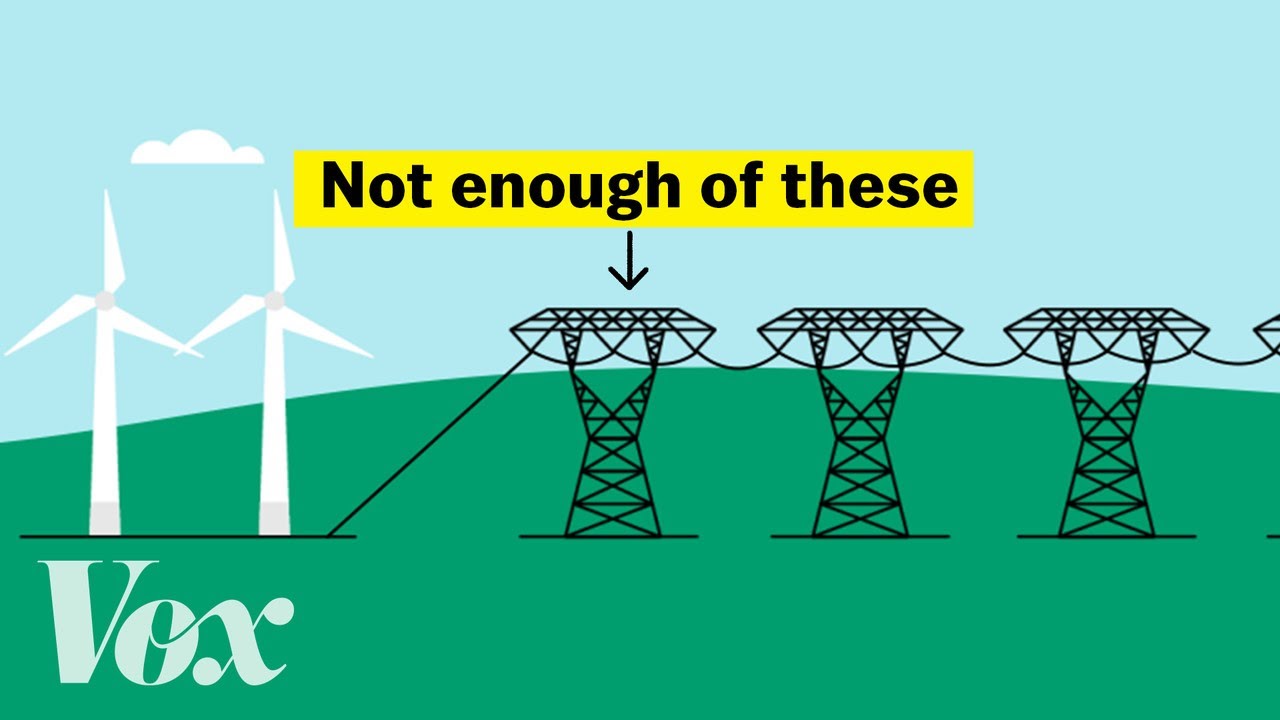
Introduction to Clean Energy Initiatives
In recent years, the focus on clean energy has intensified as the world grapples with the challenges of climate change, rising energy costs, and the need for sustainable development. Clean energy initiatives aim to reduce reliance on fossil fuels and promote the use of renewable energy sources. This guide will explore various clean energy initiatives, focusing on the renewable energy landscape across different states in the United States.
The Importance of Clean Energy
Transitioning to clean energy is crucial for several reasons:
- Environmental Benefits: Reduces greenhouse gas emissions and air pollutants.
- Energy Independence: Decreases reliance on imported fossil fuels.
- Economic Growth: Creates jobs in the renewable energy sector.
- Public Health: Improves air quality and reduces health-related issues associated with pollution.
Types of Renewable Energy Sources
Clean energy initiatives encompass a variety of renewable energy sources, including:
- Solar Energy: Harnessing sunlight through photovoltaic cells or solar thermal systems.
- Wind Energy: Utilizing wind turbines to convert wind into electricity.
- Hydropower: Generating energy from flowing water.
- Geothermal Energy: Tapping into the Earth’s internal heat.
- Biomass Energy: Using organic materials for fuel and energy production.
State-by-State Analysis of Renewable Energy Initiatives
California: A Leader in Renewable Energy
California is at the forefront of clean energy initiatives, boasting ambitious goals for reducing greenhouse gas emissions. The state aims to achieve 100% clean energy by 2045. Key initiatives include:
- California Solar Initiative: A program to incentivize solar installations on residential and commercial properties.
- Renewable Portfolio Standards (RPS): Mandates that a significant percentage of energy comes from renewable sources.
- Cap-and-Trade Program: A market-based approach to reduce carbon emissions.
Texas: Harnessing Wind Power
Texas is the leading state in wind energy production, with an installed capacity exceeding 30,000 megawatts. The state has several initiatives aimed at expanding its renewable energy footprint:
- Competitive Renewable Energy Zones (CREZ): Designated areas that facilitate the development of renewable energy projects.
- Wind Energy Tax Incentives: Tax breaks and incentives for wind energy developers.
- Grid Improvements: Upgrading the electrical grid to accommodate increased renewable energy sources.
Florida: Solar Energy Growth
Florida is often referred to as the Sunshine State, and its clean energy initiatives reflect this. The state has made significant strides in solar energy:
- Florida Power & Light’s SolarTogether Program: A community solar program that allows customers to participate in solar energy without installing panels.
- Net Metering Policies: Policies that allow homeowners with solar panels to sell excess energy back to the grid.
- Incentives for Residential Solar: Financial incentives to encourage solar panel installation.
New York: A Commitment to Sustainability
New York has set ambitious targets for renewable energy and has launched several initiatives to achieve these goals:
- Reforming the Energy Vision (REV): An initiative aimed at creating a sustainable energy system.
- Clean Energy Standard: A mandate requiring 70% of electricity to come from renewable sources by 2030.
- NY-Sun Initiative: A program designed to significantly expand solar energy capacity in the state.
Illinois: Embracing Wind and Solar
Illinois is making strides in both wind and solar energy, with a focus on transitioning to a clean energy economy:
- Illinois Renewable Portfolio Standard: Requires that a portion of energy comes from renewable sources.
- Illinois Solar for All Program: A program aimed at increasing solar access for low-income communities.
- Wind Energy Development: Significant investments in wind farms across the state.
Federal Policies Supporting Clean Energy
In addition to state initiatives, federal policies play a crucial role in promoting clean energy. Some of the key federal initiatives include:
- Investment Tax Credit (ITC): A tax credit for solar energy systems that can significantly reduce the cost of installation.
- Production Tax Credit (PTC): A tax incentive for wind energy production.
- Clean Power Plan: A federal initiative aimed at reducing carbon emissions from power plants (currently under review).
The Role of Technology in Clean Energy Initiatives
Technology plays a pivotal role in advancing clean energy initiatives. Some notable technological advancements include:
- Energy Storage Solutions: Innovations in battery technology that allow for better storage of renewable energy.
- Smart Grids: Technology that improves energy distribution and management.
- Energy Efficiency Technologies: Innovations that reduce energy consumption in homes and businesses.
Challenges Facing Clean Energy Initiatives
Despite the progress made, clean energy initiatives face several challenges:
- Funding and Investment: Securing adequate funding for large-scale projects can be difficult.
- Regulatory Barriers: Navigating complex regulations can slow down project development.
- Public Awareness: Increasing public awareness and acceptance of renewable energy is essential for growth.
The Future of Clean Energy Initiatives
The future of clean energy initiatives looks promising, with continued advancements in technology and growing public support. Some potential developments include:
- Increased Investment: More funding from both private and public sectors is likely to flow into renewable energy projects.
- Global Cooperation: International collaborations to address climate change and share technology.
- Innovative Solutions: New technologies that improve efficiency and reduce costs will emerge.
Conclusion
Clean energy initiatives are essential for building a sustainable future. By harnessing the power of renewable energy sources, we can reduce our carbon footprint, promote economic growth, and protect the environment. As states across the U.S. implement their unique initiatives, the collective effort will pave the way for a cleaner, greener planet.
Call to Action
Individuals, businesses, and governments must come together to support clean energy initiatives. Whether through advocacy, investment, or personal choices, everyone can contribute to the transition toward a sustainable energy future. Embrace clean energy today for a brighter tomorrow!

